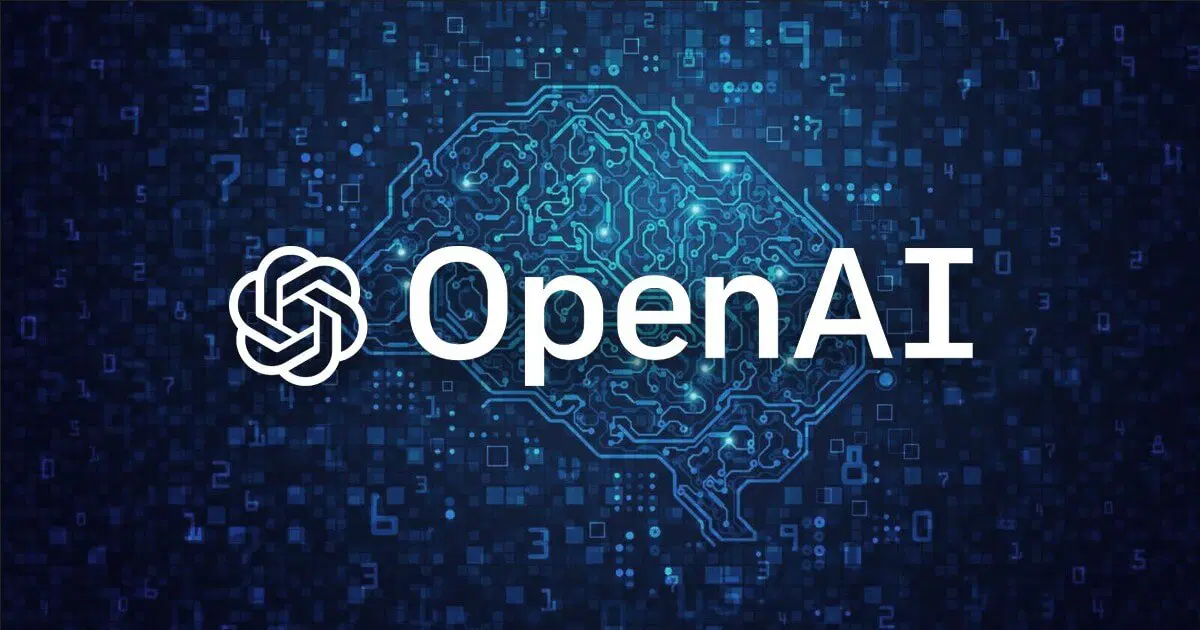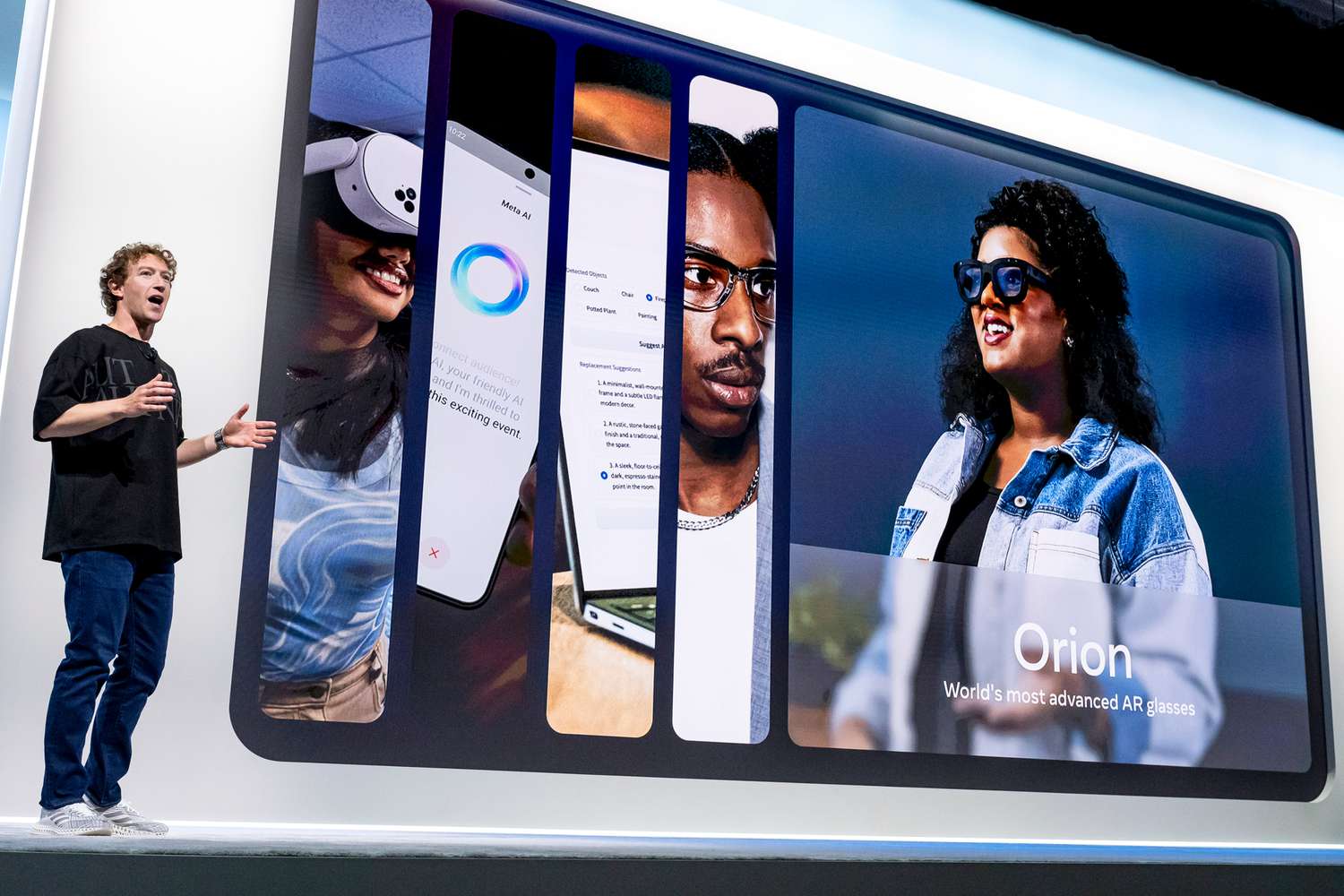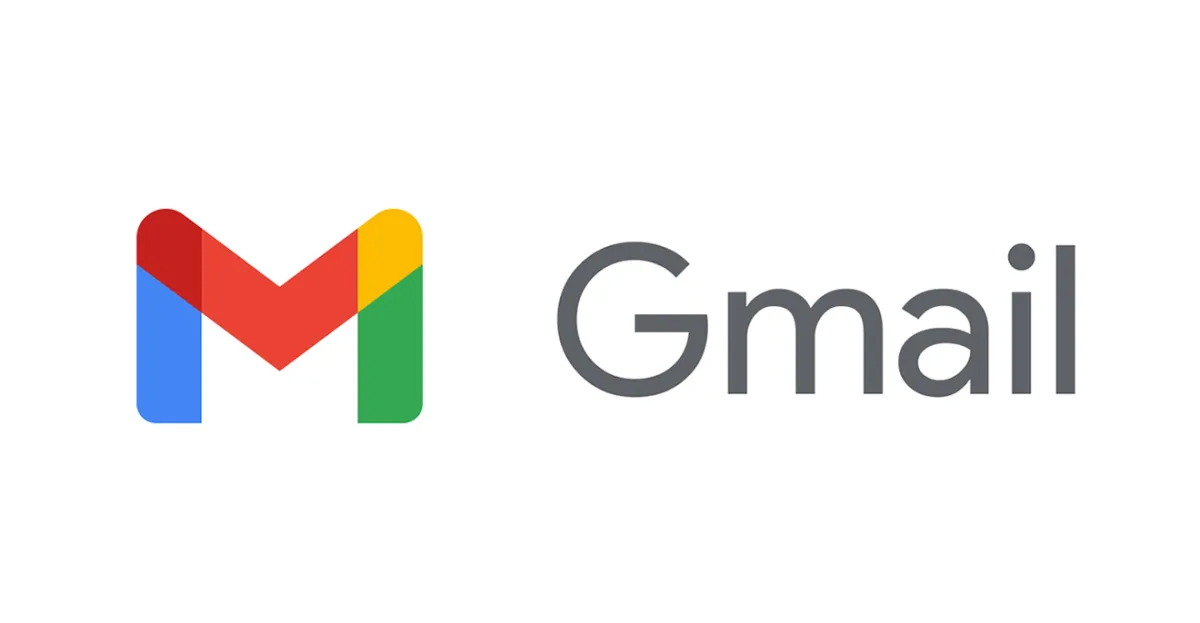OpenAI will use Google Cloud to meet surging compute demands, marking a strategic shift in AI infrastructure sourcing.
- OpenAI finalized a deal in May to use Google Cloud services alongside Microsoft Azure.
- The agreement aims to meet rising compute needs for model training and inference.
- Alphabet stock rose 2.1% following the news; Microsoft shares declined 0.6%.
OpenAI has reached an agreement to expand its cloud computing infrastructure by partnering with Google Cloud, a notable development considering the ongoing rivalry between the two companies in artificial intelligence. Finalized in May 2025, the deal allows OpenAI to tap into Google’s cloud-based compute resources to support the training and deployment of its AI models. This move helps OpenAI diversify its infrastructure, which until January 2025 had relied exclusively on Microsoft’s Azure platform.
The partnership comes as OpenAI faces exponential demand for computational power to support its flagship product, ChatGPT, and other models. The company’s annualized revenue run rate has reached $10 billion, driven by widespread adoption of generative AI technologies. Adding Google Cloud allows OpenAI to expand capacity without being fully dependent on Microsoft, which is still a major investor and infrastructure provider. Earlier this year, OpenAI also partnered with Oracle and CoreWeave and launched the $500 billion Stargate data center initiative with SoftBank.
For Google, the agreement brings in a high-profile client to its cloud unit, which generated $43 billion in revenue in 2024—about 12% of Alphabet’s total income. The company has been positioning its cloud arm as a neutral platform for AI startups, and it already serves clients such as Apple, Anthropic, and Safe Superintelligence. However, the deal adds complexity: OpenAI is a direct competitor to Google’s own DeepMind unit, and selling compute resources to rivals consumes internal capacity that Google’s teams also rely on.
Alphabet is under pressure to justify massive capital expenditures—estimated at $75 billion in 2025—on AI infrastructure. The company is expanding use of its proprietary tensor processing units (TPUs) and scaling its cloud services, but capacity remains tight. CFO Anat Ashkenazi acknowledged in April that Google Cloud had not been able to meet all demand. Balancing internal AI development with external clients like OpenAI will require careful resource allocation.
The partnership also adds new dimensions to OpenAI’s relationship with Microsoft. Talks are ongoing to revise the terms of Microsoft’s multibillion-dollar investment, including its future equity stake. Until those terms are finalized, OpenAI continues building its own chip capabilities to reduce reliance on outside providers. Google’s willingness to supply computing resources despite being a direct competitor reflects how infrastructure needs in AI are increasingly forcing cooperation—even among rivals.
Background
OpenAI emerged as a dominant force in generative AI following the late-2022 release of ChatGPT, which quickly amassed a large user base and prompted competitors to accelerate their development efforts. Microsoft became OpenAI’s primary infrastructure provider through Azure and made significant financial investments in the company.
To avoid bottlenecks and increase independence, OpenAI has pursued partnerships with multiple compute providers in 2025, including Oracle, CoreWeave, and now Google. At the same time, it is developing its own in-house chips and data centers to manage growing demand internally. The agreement with Google is the latest in a broader strategy to remain competitive, scalable, and less reliant on any single partner.
Conclusion
The OpenAI–Google Cloud agreement reflects a broader trend in AI infrastructure: collaboration across competitive lines to meet growing computational demands. As AI companies scale rapidly, traditional rivalries are giving way to pragmatic partnerships. For example, Zuckerberg’s recent formation of a superintelligence AI team at Meta follows a similar trajectory of prioritizing infrastructure and talent to win the AGI race.
These evolving alliances also raise questions about data control, national interests, and ethical deployment. As shown in Israel’s use of AI for military surveillance on Palestinians, the global AI landscape is deeply intertwined with geopolitics. Whether building smarter email tools like these Gmail productivity shortcuts or training trillion-parameter models.





